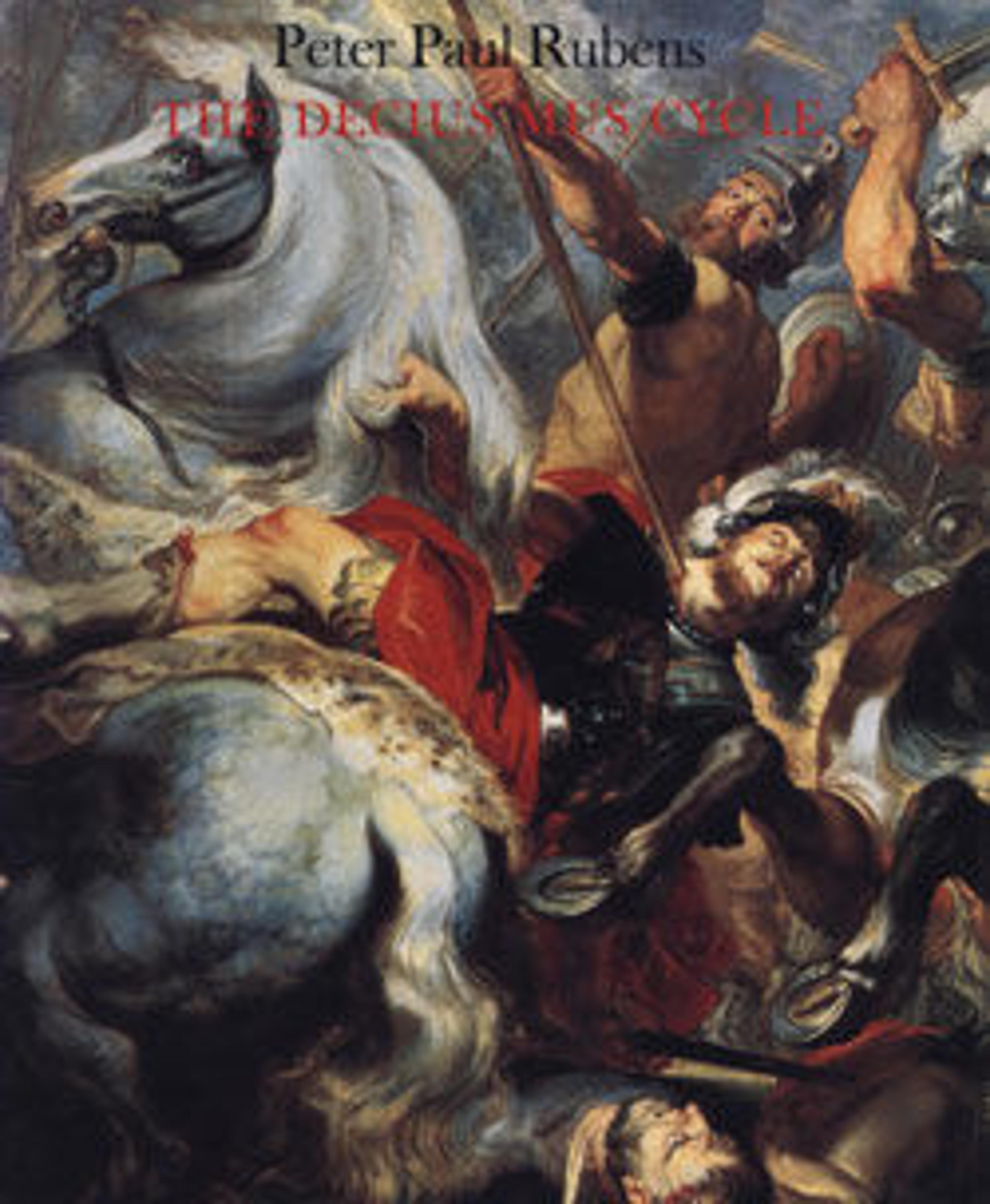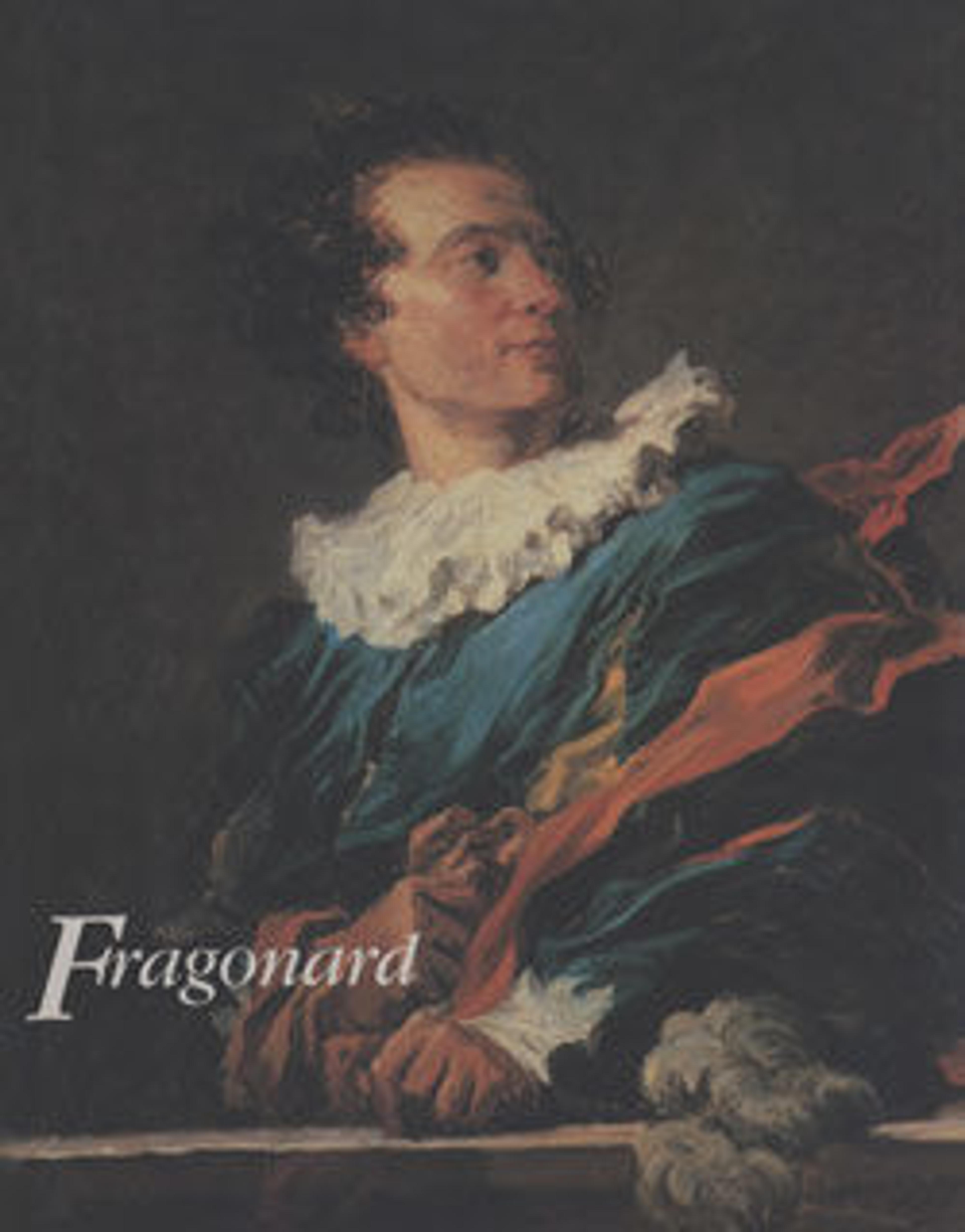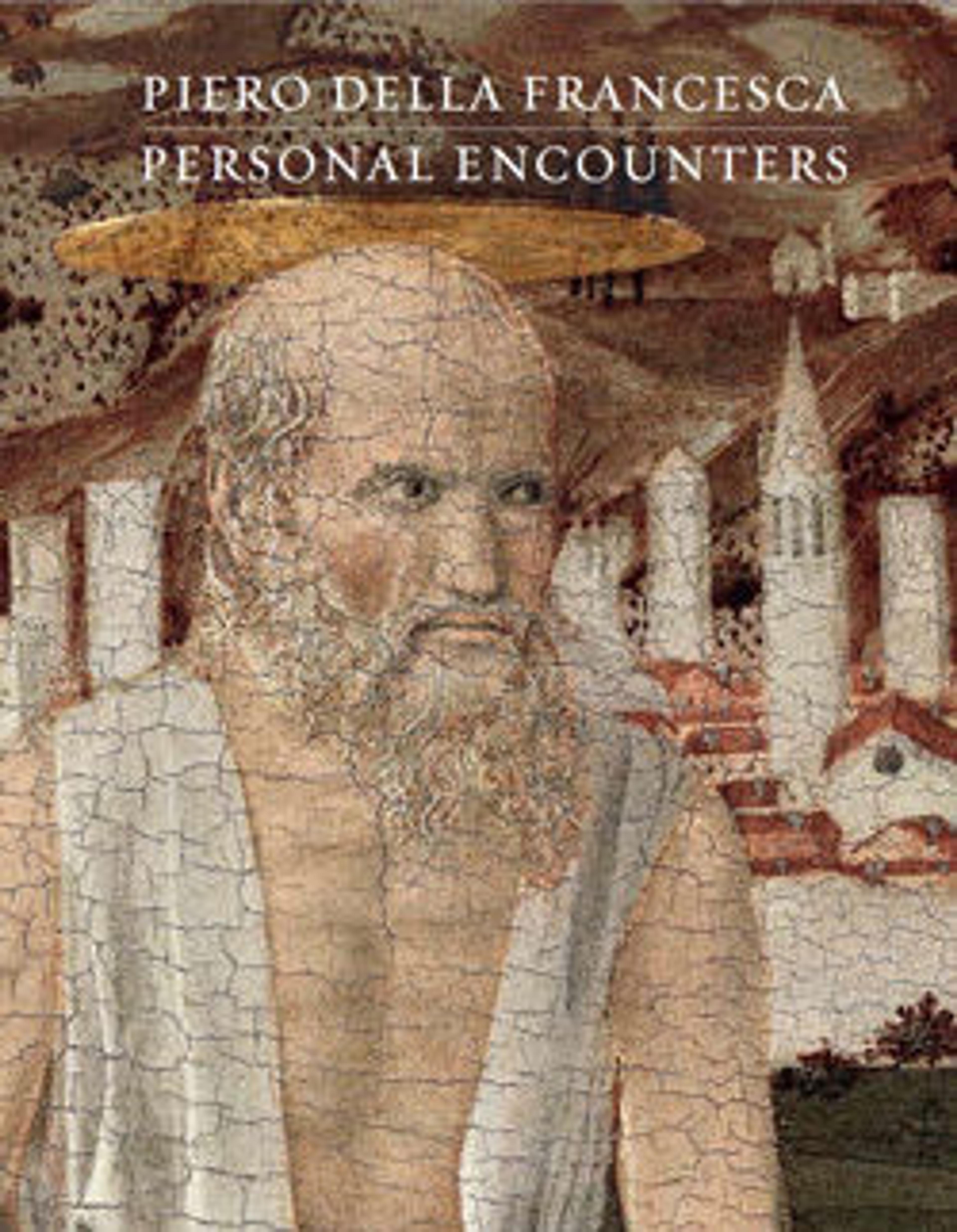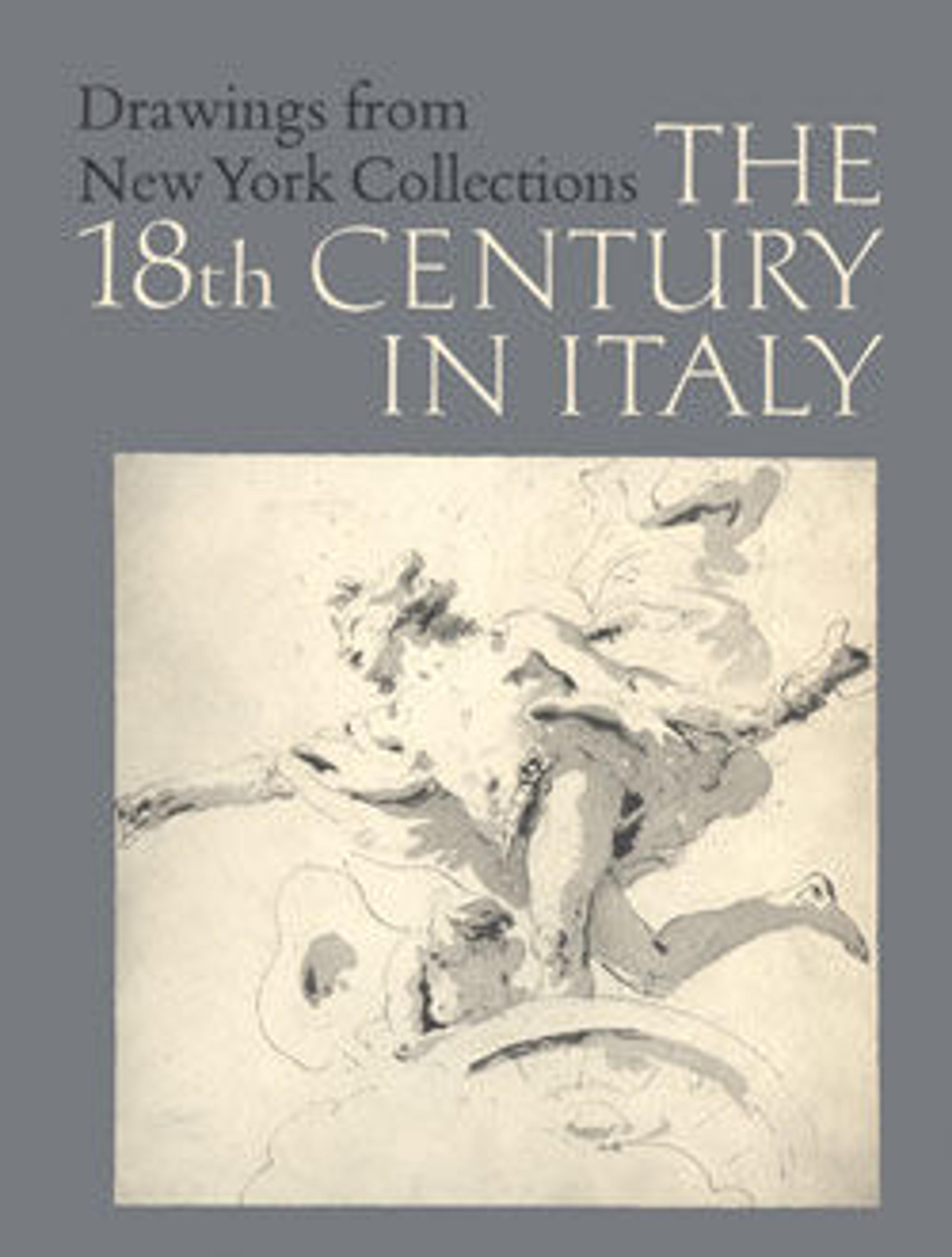
At the beginning of his career Canaletto (1697–1768) painted views of Venice that were singled out by the most discerning connoisseurs, and at its peak in the 1730s and 1740s he was by far the most successful Italian painter of his day. His work has never gone out of fashion, and he is now among the most popular of all Old Master painters. Because so much of Canaletto's oeuvre provides effortless enjoyment to the viewer, he is sometimes regarded as concerned only with the visible world, as opposed to those artists who were inspired by their religion or their imagination. However, Canaletto brought as reflective and original an insight to his early work as any of his contemporaries, and throughout his career he took relief from his normal realism in flights of fantasy and caprice. Even in his apparently most realistic pictures of Venice, Padua, and London, artistic considerations always took precedence over fact.
This book accompanies the first exhibition of the work of Canaletto ever held in the United States. It follows the course of his career as painter and draftsman and reviews the different phases of his technical and artistic development. Canaletto's achievement cannot be seen as a whole without assembling a number of paintings and drawings still owned by the descendants of those who acquired them in his lifetime. Supreme among such collections is that of Her Majesty Queen Elizabeth II who owns the works sold to George III by Canaletto's principal patron, Consul Joseph Smith; a large number of these paintings and drawings are illustrated. Among public collections, the National Gallery, London, agreed to the inclusion of Canaletto's greatest masterpiece: "The Stonemason's Yard."
Essays outlining Canaletto's life and illuminating his work are by J. G. Links, authority and author on Canaletto, who revised W. G. Constable's catalogue raisonné for its second and now its third editions; Michael Levey, former Director of the National Gallery, London: Francis Haskell, Professor of the History of Art at the University of Oxford; Alessandro Bettagno, professor, and Director of the Institute for the History of Art at the Cini Foundation, Venice; and Viola Pemberton-Pigott, Senior Restorer to the Royal Collection. The paintings and drawings are discussed by Katharine Baetjer, Curator in the Department of European Paintings, The Metropolitan Museum of Art, and J. G. Links.
Met Art in Publication
You May Also Like
Press the down key to skip to the last item.
Citation
Canal, Antonio, Katharine Baetjer, J. G. Links, and Metropolitan Museum of Art, eds. 1989. Canaletto: Exhibition Held at the Metropolitan Museum of Art, New York, 30 October 1989 - 21 January 1990. New York, NY: Abrams.




